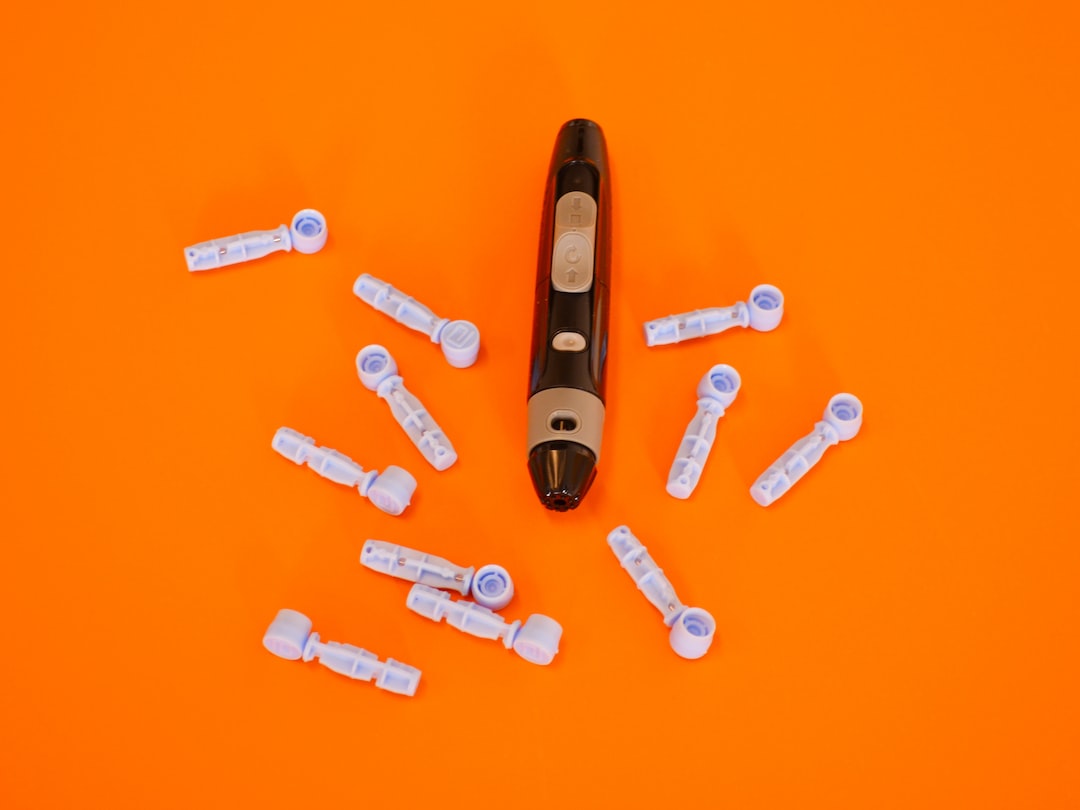CHIP WAR: the fight for the most critical technology in the world
Author: Chris Miller
Editor: Simon & Schuster India
Pages: 350
Price: Rs.799
On April 19, 1965, an article with a title only an engineer would like—”Cramming More Components Onto Integrated Circuits”—appeared in Electronics magazine, a trade journal for the radio industry.
The serious meditation on component stuffing by Gordon E Moore, an electronics engineer who later ran Intel, should have been a niche exercise. Instead, it is perhaps the most influential trade magazine article ever published. By extrapolating from his observations in the nascent semiconductor industry near San Francisco, Moore successfully predicted the entire future of computing.
Most notably, he predicted that the number of transistors an engineer could cram onto a silicon chip would double approximately every two years. This projection has been confirmed so impressively over the decades that it is now known as Moore’s Law. Sixty years ago, four transistors could fit on a chip. Today, some 11.8 billion can.
The extraordinary excitement of Moore’s Law and the precariousness of its ever-increasing promise are at the heart of the breakneck pace of Chris Miller’s new book, Chip War, which chronicles the development, proliferation and strategic deployment of semiconductor chips that now animate everything. from cars to toys to nuclear weapons. Chip War makes a whale of a case: that the chip industry now determines both the structure of the global economy and the balance of geopolitical power.
But the book is not a polemic. It’s more of a non-fiction thriller. The characters are wonderfully quirky. Some are deeply disagreeable. In the beginning, there was William Shockley, a Nobel Prize-winning physicist and, later, an ignominious eugenicist. Shockley invented the transistor, which now constitutes the bulk of the elements crammed by the billions onto silicon chips.
In 1955, Shockley opened Shockley Semiconductor, in Mountain View, California, in part to be near his elderly mother, who lived in Palo Alto. This eventuality is one reason why the ancestral home of semiconductors is the San Francisco Bay Area. But the real founding of Silicon Valley is credited to the “treacherous eight,” a group of engineers, including Moore, who split from Shockley in 1957 because he was both so mean and so incapable of thinking business. . The eight men collectively launched Fairchild Semiconductor. Their leader was Iowa-born Bob Noyce, the beloved inventor of the microchip. Noyce founded Intel with Moore and was known until his death in 1990 as mayor of Silicon Valley.
At first, the Soviets wanted a slice of the token game. Miller describes how stealth exchanges of semiconductor research between Moscow and Stanford in the 1960s created a Cold War arms race that eclipsed the nuclear race. The spy games of the time also come to life. Alfred Sarant and Joel Barr, New York communists and trained engineers, joined Julius Rosenberg’s spy ring, fled to the USSR and helped build the Soviet computer industry. Alas, bureaucrats under Nikita Khrushchev refused to let Soviet scientists pursue their own passions, forcing them to do the undignified work of copying integrated circuits produced by Texas Instruments. In this way, they fell behind, unable to keep pace as chip engineers, in accordance with Moore’s Law, advanced at breakneck speed.
Europe’s failure to grasp the importance of transistors is shown in a great story about French President Charles de Gaulle sniffing a transistor radio – a gift from Hayato Ikeda, the Prime Minister of Japan, in 1962. is that much later, in the Netherlands, did Europe make its own breakthrough with the invention of extreme ultraviolet (EUV) lithography, a technology that continued to shrink transistors when advances in miniaturization have temporarily slowed down. According to Miller, a Dutch company now controls 100% of the EUV market, without which advanced chips cannot be built.
Then there is China. What Xi Jinping’s China has failed to do is grab its expected share of the chip market. Thanks to massive government aid, the country produces 15% of the world’s silicon chips, according to Miller’s statistics, a relatively meager slice of the pie, as China clearly cannot rely on the private capital that has flowed into the sector. semiconductors in the rest of the country. East Asia. The recipients of this largesse are Japan (which makes 17% of the world’s chips) and Taiwan (a whopping 41%).
Taiwan is the Mount Olympus of silicon chips. At its peak is Morris Chang (91), founder of the Taiwan Semiconductor Manufacturing Company (TSMC). Growing up itinerant in China and British Hong Kong during the Second Sino-Japanese War, he crossed the ocean, earned an engineering degree at MIT, and in 1958 landed at Texas Instruments, where he set out to improve manufacturing. of chips. machinery.
In what would prove to be a terrible mistake, Texas Instruments passed Chang on as CEO in the early 1980s. So, at the invitation of the Taiwanese government, Chang traveled to Taiwan, where he established TSMC as a set of fabs only – making chips for other companies and no finished electronics.
This formidable collaboration between Taiwan and the democratic world suggests that rumors of the demise of globalism are greatly exaggerated. As Chip War makes clear, the resounding clash of arms between autocracy and democracy is powered by silicon chips. In this clash, Taiwan is currently the epicenter of technology, the global economy, and China’s high-stakes rivalry with the West. If any book can inspire the general public to journey through the silicon age – and finally recognize how close it rivals the atomic age – Chip War is it. And holy moly, it’s good to read a book about technology that isn’t about software. Silicon chips are the substrate for digitization. Trying to understand the digital world by only studying Facebook or Google is like trying to understand architecture by studying only frescoes.
 AD Roberts
AD Roberts



